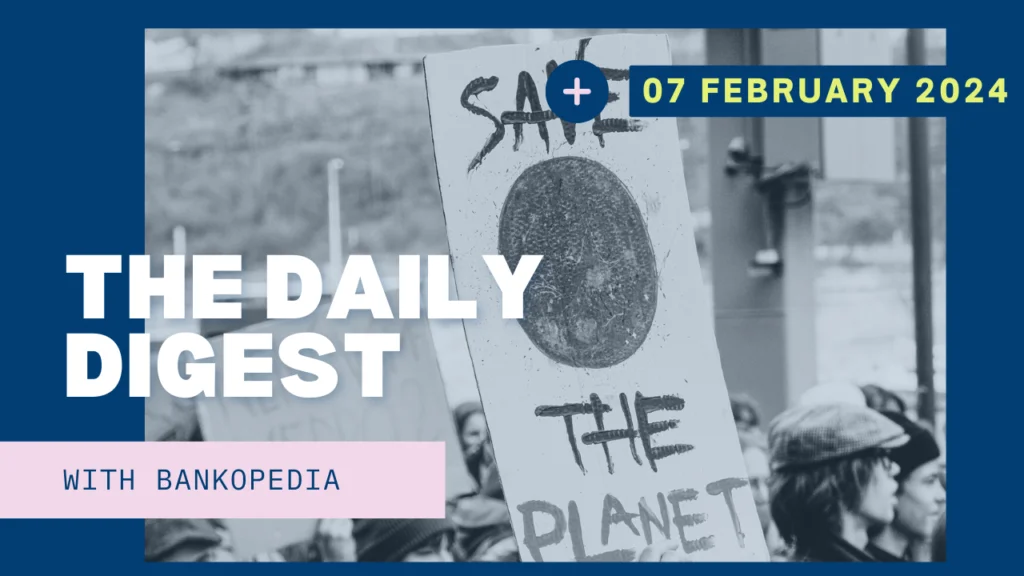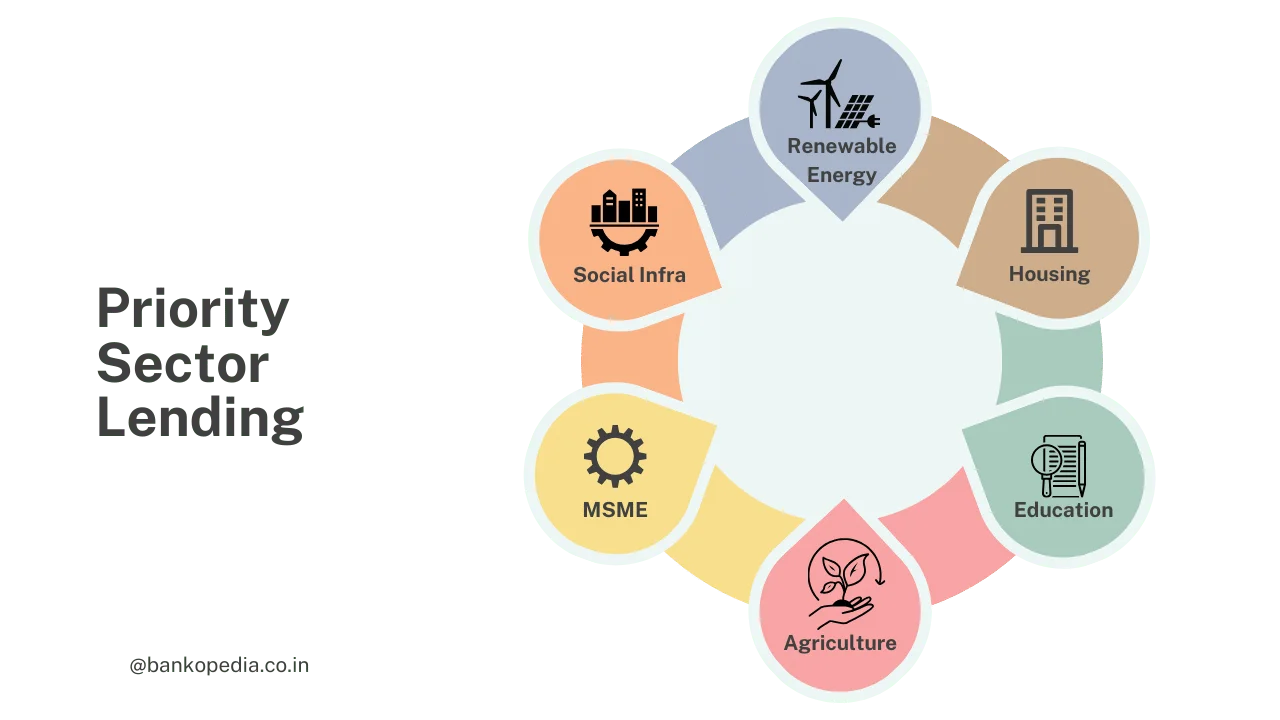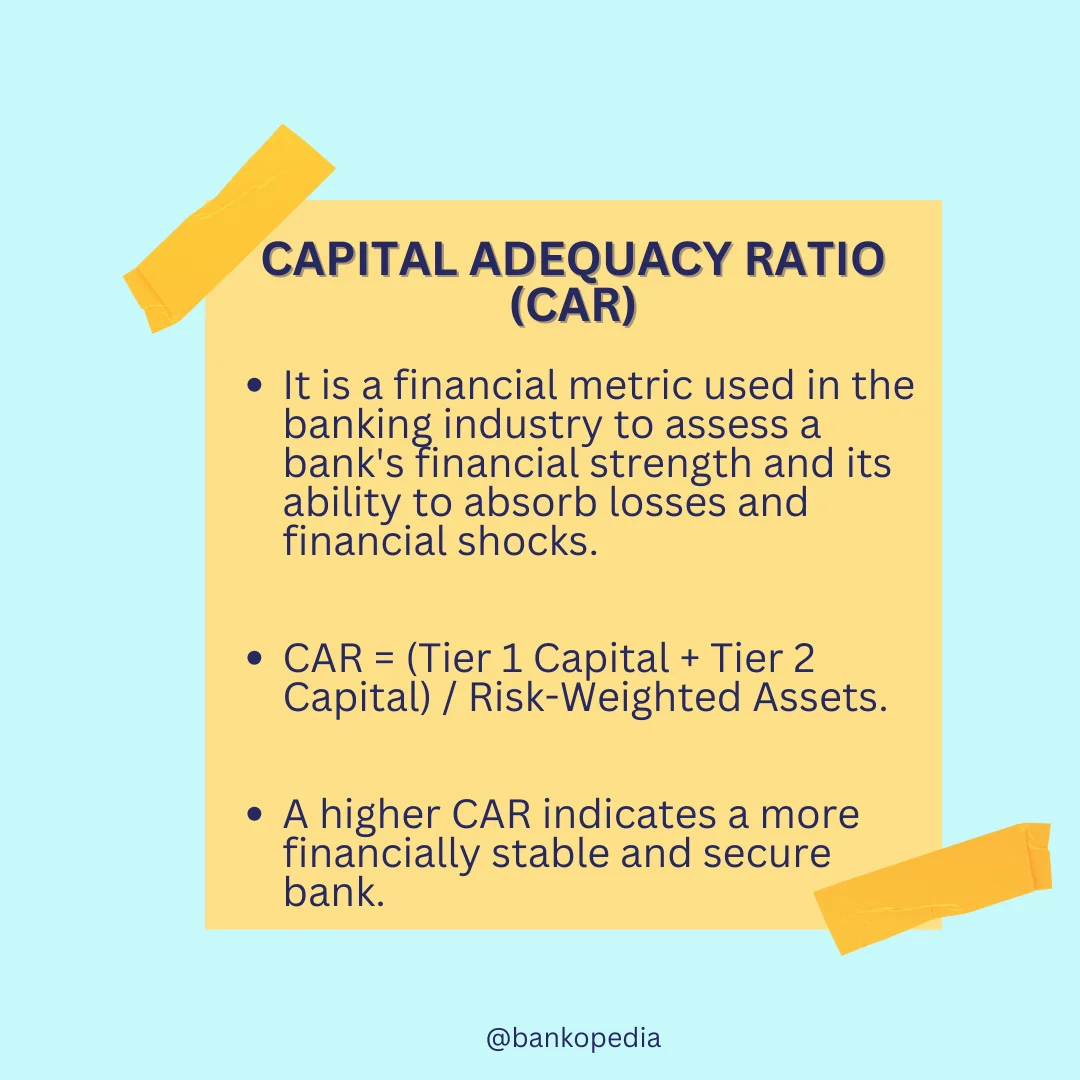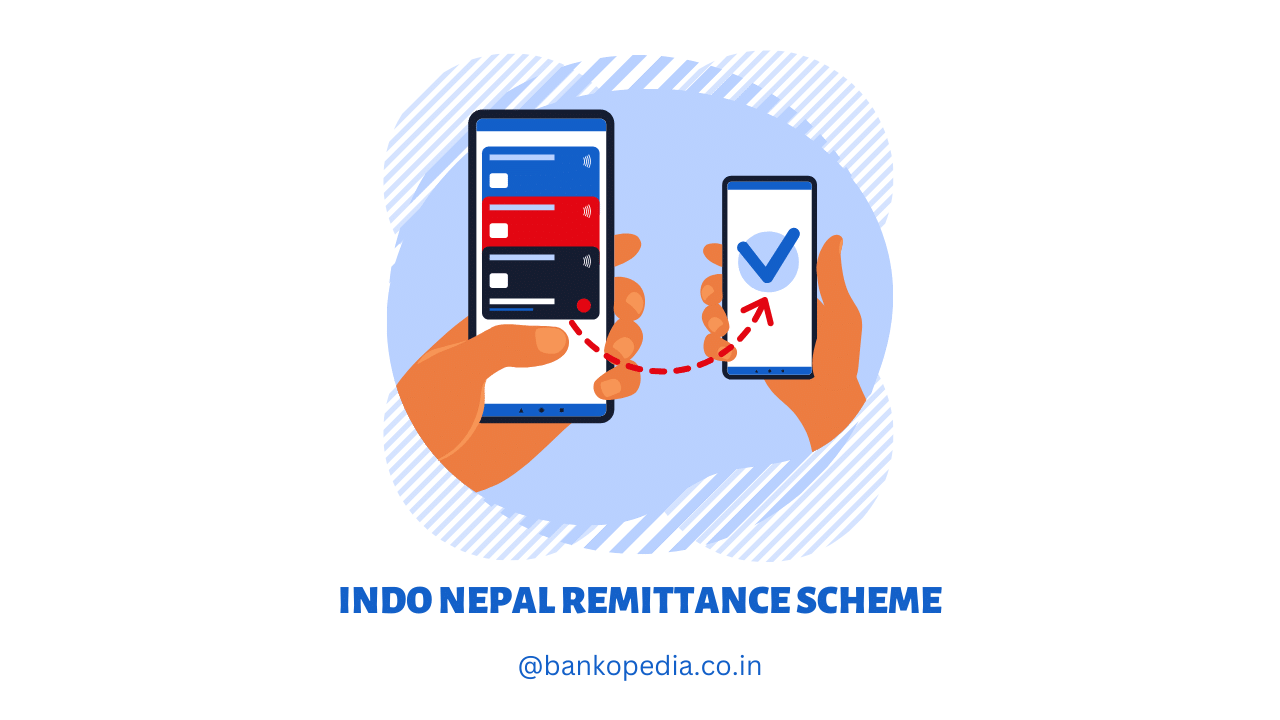Welcome to Daily Digest, your premier source for the latest news and insights on February 7, 2024, focusing on banking, the economy, and finance. Our platform offers a comprehensive overview of the day’s most critical financial stories, market trends, and economic developments. Whether you’re a professional in the financial sector, an investor monitoring market movements, or someone interested in staying informed about the economic landscape, Daily Digest provides reliable, up-to-date information
Download pdf from here
Table of Contents
RBI MPC meet begins: First meet post interim budget 2024; 5 things to know.
The Reserve Bank of India (RBI) commenced a three-day meeting of its Monetary Policy Committee (MPC) on Tuesday, with market expectations leaning towards maintaining the repo rate— the rate at which the RBI lends to commercial banks—unchanged for the sixth consecutive time.
The MPC’s decision is anticipated to be announced by RBI Governor Shaktikanta Das on February 8. Here are key points to watch for in the upcoming RBI MPC announcement:
- Experts believe that due to relatively stable global conditions since the last meeting in December, there might not be a compelling reason for the RBI to adjust the repo rate at this time.
- A research report from the State Bank of India suggests that a rate cut could be considered from June, with August 2024 being a potential timeframe.
- Global central bank decisions, particularly the US Federal Reserve’s recent hold on rates, are likely to influence the RBI MPC’s discussions.
- Observers are keen to see if the RBI will continue with its stance of “withdrawal of accommodation” or if it will shift to a “neutral” stance.
- The meeting’s outcome will also be significant in terms of addressing the liquidity tightness in the banking system, which reached a deficit of Rs 3.34 trillion in January. The RBI’s ongoing liquidity management efforts are expected to be a point of discussion.
With these inputs, the RBI’s upcoming policy decisions will be closely scrutinized for their implications on India’s economic trajectory and monetary stability.
Electronics industry veterans unite to form Awesense Fives for sensor manufacturing.
Five industry experts from major electronics firms have united to establish Awesense Five Pvt Ltd, focusing on locally designing and producing industrial sensors, vital for monitoring and control systems. Highlighting the risks of import reliance for such critical components, the venture aims to bolster India’s electronics manufacturing and reduce foreign dependency. The team includes N Ramachandran of MEL Systems, Sanjiv Narayan of Syrma SGS, Pamela Anna Mathew of O/E/N India, Arun Manwani of Sahasra Group, and Vinod Sharma of Deki Electronics. Targeting India’s ₹7,000 crores industrial sensor market, the venture will also develop sensors for defense but avoid the consumer sector for now. A business plan is underway, informed by a detailed market survey to ascertain product and technology needs.
Four PSBs may get approval to raise funds in H1 of FY25.
India is considering permitting four government-owned banks to raise funds or increase their public shares to boost lending and public engagement in the next fiscal year. Among these, Punjab National Bank aims for a follow-on public offer by September, and Central Bank of India plans an offer for sale to reduce the government’s 93.08% stake. With board approvals in place, these banks are gearing up to capitalize on their market value, following the significant capitalization growth seen in the sector. Specific plans include PNB’s potential Rs 7,500 crore equity raise and Punjab and Sind Bank’s Rs 250 crore proposal through Qualified Institutional Placement, depending on market and capital needs. This move comes amid profitable quarters for state lenders and the government’s paused bank privatization plans announced in 2021.
GenAI may add $1.2-1.5 trillion to India’s GDP in next 7 years.
Generative AI (GenAI) is set to revolutionize India’s innovation and productivity landscape. According to an EY report, GenAI could boost India’s GDP by $1.2-1.5 trillion within seven years, with education and upskilling pivotal to this growth. Recognizing the importance of digital skills in the modern economy, initiatives are underway to democratize access to such skills, potentially leveling the playing field for talent across the country. A BCG report indicates that CEOs consider GenAI a top priority, but talent scarcity is an issue. Leaders in the field, like L&T, are responding by creating comprehensive upskilling programs. The adoption of GenAI is also being balanced with the need to mitigate risks such as bias. India’s rich talent pool, with increased enrollment in GenAI courses, positions it as a global AI hub. Collaboration between private and public sectors aims to expand digital job opportunities nationwide. Institutions like IIT Guwahati are integrating industry-recognized micro-credentials into their programs, reflecting this shift. With AI-powered learning tools, India’s workforce is gaining access to personalized education in local languages, helping to transform the country into a major player in the digital economy and advance towards a $5 trillion GDP goal.
IBBI amends norms related to insolvency resolution process for personal guarantors.
The Insolvency and Bankruptcy Board of India (IBBI) has revised regulations to streamline the insolvency resolution for personal guarantors and the voluntary liquidation process. The amendments facilitate the same Insolvency Professional (IP) to serve as a Resolution Professional (RP) or Bankruptcy Trustee (BT) for both corporate debtors and their personal guarantors, aiming for better coordination between the processes. Moreover, meetings of creditors have been made mandatory in the resolution of personal guarantor cases to encourage a collaborative approach.
For voluntary liquidation, directors must now disclose any pending legal proceedings or statutory assessments when initiating the process, ensuring provisions are made to meet all obligations. If a liquidator cannot complete the liquidation within the specified 90 or 270-day period, they must hold a meeting to report the status and reasons for the delay, also indicating the additional time required. Stakeholders can claim funds from the corporate voluntary liquidation account after the final report submission but before dissolution. These changes came into effect on January 31.
RBI fines Power Finance Corporation for non-compliance with liquidity risk management norms
The Reserve Bank of India (RBI) has imposed a fine of Rs 8.80 lakh on the state-owned Power Finance Corporation for not maintaining the required Liquidity Coverage Ratio (LCR), a regulatory measure for liquidity risk management in non-banking financial companies. During an inspection of the company’s financials as of March 31, 2022, it was discovered that PFC did not uphold the prescribed LCR of 60%, partially due to the inclusion of ineligible assets in its High-Quality Liquid Assets (HQLA) portfolio, which should mainly consist of government securities. The RBI clarified that the fine reflects regulatory compliance shortcomings and does not question the validity of the company’s transactions or agreements with its customers.
Retail lending credit growth slowed down across all products in September quarter.
India’s retail lending growth decelerated across various loan types, with stagnation in the home loan sector in the quarter ending September 2023, according to a TransUnion Cibil report. Despite an overall home loan value growth of 9%, the segment saw a 4% drop in the issuance of low-value loans (below Rs. 35 lakhs), which constitute 76% of home loan originations. Conversely, high-value home loans (Rs. 75 lakhs and above) surged by 23%, likely due to increased property prices. New to credit consumers, primarily young individuals and those from semi-urban and rural areas, saw a decrease in their share from 17% to 14% year-on-year. Delinquency levels improved overall, except for a slight increase in credit cards and personal loans. The Consumer Performance credit market indicator rose to 101 in September 2023, an 11-point increase from the previous year, reflecting the improved credit performance. The report emphasizes the importance for lenders to maintain strong underwriting practices and monitor consumer behavior to ensure ongoing growth and profitability in the credit sector.
Parliamentary panel recommends lowering of GST on health insurance, term policies.
The Parliamentary Standing Committee on Finance has recommended reducing the Goods and Services Tax (GST) on health insurance, especially for senior citizens, to make it more affordable and increase uptake. Currently, financial services such as health insurance attract an 18% GST rate. The committee highlighted the high GST rate as a barrier to purchasing insurance and proposed lowering rates for retail health policies for senior citizens and certain micro-insurance policies. It also suggested equalizing the tax treatment between public and private insurers by addressing the issue of Tax Deducted at Source (TDS) on GST, which currently only applies to public sector companies. Additionally, it recommended that participation in government insurance schemes should be mandatory for both public and private insurers to ensure a level playing field. Furthermore, the committee pointed out that a significant number of vehicles in India are uninsured, posing a risk to owners and third parties. It suggested enforcing e-Challan and leveraging data integration for vehicle insurance verification, along with the consideration of insurance proof before granting vehicle loans.
FMCG industry set to grow at 4.5-6.5% in 2024, lower than 2023: NielsenIQ.
NielsenIQ forecasts a reduced value growth for the FMCG sector in India, anticipating a rise of 4.5% to 6.5% in 2024, which is about half of the 9.3% growth seen in the 12 months ending December 2023. This projection accounts for external factors and the industry’s adaptive strategies. Despite a slowdown in the final quarter of 2023, especially in urban areas, there’s an uptick in rural consumption driven by essential food and home products, suggesting resilience in demand.
The interim Union Budget 2024-25’s focus on rural economic stimuli is expected to benefit companies with rural-centric strategies, closing the consumption gap between urban and rural markets. Volume growth in the food sector slowed in Q4 compared to Q3, impacted by the staples and impulse categories. Conversely, non-food categories saw an increase in volume growth, particularly due to rising rural consumption, despite urban slowdowns. Modern trade remains robust with double-digit growth, while traditional trade shows signs of pressure.
PM-Kisan beneficiaries number slides 14% in FY24
The Indian Government revealed a 14% decrease in beneficiaries under the PM-Kisan Direct Benefit Transfer (DBT) scheme to 9.21 crore in the 2023-24 period, down from 10.73 crore the previous year. This reduction could lead to an annual expenditure of approximately ₹57,000 crore if the count stays below 9.5 crore, given the current disbursement rate of ₹6,000 per year per beneficiary. The allocation for PM-Kisan for the fiscal year 2025 is ₹60,000 crore. The Agriculture Minister confirmed that there is no current proposal to increase the annual amount to farmers under the scheme.
This reported decline in beneficiary numbers is attributed to the removal of ineligible recipients and the elimination of duplicate records, following the mandatory Aadhaar verification process. The responsibility for identifying and verifying eligible farmers lies with the state governments. To date, the government has distributed over ₹2.81 lakh crore to more than 11 crore farmers. PM-Kisan is noted as one of the world’s largest DBT schemes.
Finance Ministry aims to transfer stressed assets worth ₹1 lakh crore to NARCL by March 2024, says DFS Secretary Vivek Joshi
The Indian Finance Ministry aims to transfer stressed assets worth ₹1 lakh crore from state-owned banks to the National Asset Reconstruction Company Ltd (NARCL), often called the Bad Bank, by the end of March 2024, according to Vivek Joshi, the Secretary of the Department of Financial Services. This target follows significant progress since the Finance Minister’s review meeting and is a step down from the initial goal of transferring ₹2 lakh crore of stressed assets. NARCL, which began in mid-2021, has so far acquired eight accounts totaling ₹58,000 crore in loans. The process called Swiss challenge has been initiated for two accounts with ₹10,000 crore, with similar action planned for nine other accounts and due diligence underway for 23 accounts with a combined exposure of ₹60,000 crore.
A government guarantee of ₹30,600 crore backs the security receipts issued by NARCL to enhance trust and facilitate asset acquisition. Joshi confirmed that there are no plans to merge NARCL with India Debt Resolution Company Ltd (IDRCL), noting the structure’s benefits, including attracting talent. While NARCL is primarily owned by public sector banks, IDRCL’s ownership is mainly private, with public banks holding 49%.
Industry experts have debated the effectiveness of the two-entity structure and expressed concerns about the lack of a secondary market for security receipts. Despite these challenges, there’s been a marked improvement in the banking sector’s health, with gross non-performing assets (GNPAs) of Scheduled Commercial Banks (SCBs) reaching a multi-year low as of September 2023, amidst a surge in credit growth.
RBI conducts two one-day VRRR auctions to drain out liquidity.
The Reserve Bank of India (RBI) unexpectedly held two one-day variable rate reverse repo (VRRR) auctions on the same day, a move not seen before, to withdraw excess liquidity from the banking system and elevate overnight money market rates. In the first auction, the RBI soaked up ₹27,538 crore at a 6.49% rate, lower than the ₹75,000 crore it aimed for. Following this, the second VRRR auction aimed to absorb ₹50,000 crore, attracting ₹41,804 crore from banks at the same rate.
The RBI’s action suggests an effort to realign the overnight rate upwards, consistent with its stance on withdrawing monetary accommodation. The liquidity deficit in the banking system has lessened to approximately ₹1.22 lakh crore as of February 5, from a peak deficit of ₹3.46 lakh crore on January 24. RBI Governor Shaktikanta Das has previously indicated that the RBI’s liquidity management would be responsive to evolving conditions, including anticipated government spending which could further moderate liquidity. The RBI has also announced another one-day VRRR auction to drain ₹50,000 crore from the system.
Modi govt’s Bharat Dal, available at Rs 60 per kg, is now India’s highest selling brand. Where to buy?
To counter retail-level food price inflation, the Indian government has initiated the sale of chana dal under the ‘Bharat Dal’ brand at subsidized rates, with a 1 kg pack priced at ₹60 and a 30 kg pack at ₹55 per kg. This product is available at retail outlets including NAFED, NCCF, Kendriya Bhandar, and Safal, as well as on various e-commerce platforms. The initiative extends to state governments, which can distribute chana dal via state cooperatives and corporations in welfare schemes.
To stabilize pulse prices overall, the government maintains buffer stocks under the Price Stabilization Fund (PSF), releasing them to control market prices. The government has also altered import duties on pulses such as tur, urad, and masur to increase domestic availability and regulate prices, and imposed stock limits to prevent hoarding.
‘Bharat Dal’ has rapidly captured market share due to its competitive pricing, becoming the highest selling brand within four months of its launch. With sales of around 45,000 tonnes per month, the brand is now available at 13,000 retail points across India. This strategy of utilizing buffer stocks to offer lower-priced chana dal is also influencing the prices of other pulses, contributing to inflation control.
Building on this, the government is launching ‘Bharat Rice’ at ₹29 per kg, initially allocating 5 lakh metric tonnes for retail. The rice will be available through cooperative agencies’ outlets and mobile vans, with plans to expand to retail chains and e-commerce. This follows the pattern of other commodities like ‘Bharat Atta’, aiming to create demand in the consumer market that was underwhelming for bulk purchasers under the OMSS.
Paytm CEO Vijay Shekhar Sharma, officials meet RBI to discuss regulatory concerns: Sources
Paytm CEO Vijay Shekhar Sharma met with the Reserve Bank of India (RBI) to discuss measures for addressing regulatory concerns shortly after the RBI instructed Paytm Payments Bank to stop onboarding new customers and accepting new deposits due to supervisory concerns and rule violations. Paytm is seeking clarity on issues including the transfer of wallet business licenses and the Fastag service, alongside an extension beyond the February 29 deadline for addressing RBI’s concerns. Despite the regulatory scrutiny, which affected Paytm’s shares and triggered an investigation by India’s federal anti-fraud agency into alleged foreign exchange violations (denied by Paytm as unfounded), the company’s stock saw a recovery. Analysts from Bernstein view the regulatory action as a significant but manageable challenge for Paytm and have maintained an outperform rating on the stock, albeit with a reduced target price.
IBC review proposed to speed up resolutions.
The Parliamentary Standing Committee on Finance, chaired by BJP leader Jayant Sinha, has urged for a thorough review of the Insolvency and Bankruptcy Code (IBC) to address identified shortcomings and obstacles that have emerged over the nearly eight years since the law’s implementation. The committee aims to ensure that the IBC fulfills its original objectives and does not fall short of its intent.
The report, which reviews the government’s actions on the committee’s 2021 recommendations, pointed out that actual recoveries from stressed assets are significantly low, only around 25-30% of creditors’ admitted claims, and highlighted that delays in the resolution process lead to the devaluation of these assets.
To handle the backlog of cases—which exceeds 20,000 annually—the committee has recommended increasing the strength of the National Company Law Tribunal (NCLT) from the current 62 members. It noted that the number of NCLT members has already increased to 57, nearing the sanctioned capacity for the first time.
Furthermore, the committee expressed concerns about the effectiveness of resolution professionals (RPs) in managing the time-sensitive and complex resolution process for large companies and suggested a revision of the rules governing their function. The recommendations were presented in a report to the Lok Sabha.
NARCL makes binding offers for over half a dozen accounts: Sources
The National Asset Reconstruction Co (NARCL), backed by the Indian government, has made binding offers to acquire over half a dozen distressed loans, including two special purpose vehicles (SPVs) of Sadbhav Engineering. NARCL is also increasing its bid for the Haridwar Highways Project. The successful acquisition of these loans is contingent upon the approval of lenders, which could lead to a Swiss challenge auction where other bidders can present counter-offers.
In an uncontested Swiss auction, NARCL is set to purchase loans from Simplex Infra, with a bid of ₹640 crore, representing a recovery of less than 7% for the lenders, with Punjab National Bank (PNB) leading the creditors. Simplex Infra has outstanding debts amounting to ₹9,600 crore. NARCL plans to pay through a combination of cash and security receipts (SRs).
Although NARCL has bid on over two dozen accounts in the past year, banks have been slow to advance the process for a Swiss challenge. The government is encouraging NARCL to accelerate acquisitions, but progress depends on banks initiating the Swiss challenge process. NARCL is also assessing more than 15 additional stressed loans, and for some, such as EPC companies with limited tangible assets and delays in the NCLT process, bankers are considering if selling to an ARC would be a better option.
UPI payments failing amid server outages; multiple banks affected.
On February 6, UPI (Unified Payments Interface) users nationwide experienced significant difficulties with digital payments, affecting services across various banks and UPI-enabled apps like Google Pay, PhonePe, and BHIM. The outage, lasting several hours, prevented users from completing transactions or transferring funds.
Numerous complaints surfaced on social media and platforms such as Downdetector, indicating the scale of the problem. The disruption also impacted servers of major banks including HDFC Bank, Bank of Baroda, Bank of Maharashtra, State Bank of India, and Kotak Mahindra Bank.
Despite the growing number of reports, as of the time mentioned, banks and the National Payments Corporation of India (NPCI) had not publicly acknowledged the outage, leaving users without information regarding the cause or resolution timeline.
The incident highlights the need for reliable digital infrastructure and effective response strategies for such critical services. Consumers were advised to consider alternative payment methods until the issue was resolved.
RBI cancels licence of Jai Prakash Narayan Nagari Sahakari Bank.
The Reserve Bank of India (RBI) has revoked the license of Jai Prakash Narayan Nagari Sahakari Bank in Basmathnagar, Maharashtra, due to its inability to repay depositors in full given its current financial situation. The RBI has directed the Maharashtra Commissioner for Co-operation and Registrar of Cooperative Societies to initiate the bank’s liquidation process and appoint a liquidator.
Upon liquidation, depositors are eligible to claim insurance on their deposits up to ₹5 lakh from the Deposit Insurance and Credit Guarantee Corporation (DICGC). According to the bank’s data, almost all depositors (99.78%) will be able to recover the full amount of their deposits through DICGC, which has already disbursed ₹23.89 crore to depositors who indicated their willingness to claim the insurance.
The RBI cited the bank’s insufficient capital and lack of earning prospects as primary reasons for the cancellation. Allowing the bank to continue operations was deemed to be against public interest and harmful to depositor interests. The bank’s license cancellation took effect at the close of business on February 6, 2024, and it has been barred from carrying out banking activities, including accepting and repaying deposits.
People reporting annual income over Rs 1 cr increase to 216,000 in AY24.
The Indian Parliament was informed that the number of individuals earning over ₹1 crore annually has increased to over 2.16 lakh for the Assessment Year (AY) 2023-24, as of December 31, 2023. This figure has risen from approximately 1.09 lakh in AY 2019-20 to about 1.87 lakh in AY 2022-23. Additionally, the number of individuals reporting income from ‘Profession’ for AY 2023-24 is 12,218, up from 10,528 in the previous year, marking a significant rise from 6,555 in AY 2019-20.
Finance Minister Nirmala Sitharaman also noted that personal income tax collections for the financial year 2023-24 (up to January 31, 2024) have seen a year-on-year growth of 27.6%. This growth in tax collections is attributed to reductions in tax rates and other measures that have enhanced compliance.
The report also includes other financial updates and tax-related information, such as GST collection figures and insights into the overall economic environment and investment trends in India.
Claim payout delays put PLI scheme’s nodal agencies under scrutiny.
The Cabinet secretary-led committee has raised concerns about significant delays in issuing incentives to companies eligible under the Production-Linked Incentive (PLI) scheme. To address this, the committee has directed NITI Aayog to review the functioning of the nodal agencies involved in the scheme’s implementation.
During a recent meeting, an institutional framework led by NITI Aayog was suggested to assess the Project Management Agencies (PMAs). The PMAs assist ministries in implementing the PLI scheme, evaluating applications, confirming eligibility, and conducting site visits. It was noted there are delays in processing incentive claims and a lack of subject matter experts onboarded by PMAs.
The government’s expected disbursement has been revised down from ₹11,000 crore to ₹8,285 crore. Some PLI schemes have progressed slower than expected, due to companies’ difficulties in meeting the prescribed obligations to claim incentives. The need for a common template to monitor claim processing was underscored.
An institutional mechanism may be established under NITI Aayog’s CEO to amend or interpret PLI scheme guidelines for timely claim processing. NITI Aayog is tasked with quarterly reviews of incentive processing and site visits, while PMAs will undergo regular assessments to ensure regulations are effectively administered.
The PLI scheme spans 14 sectors and is managed by five PMAs. To date, ₹4,415 crore has been disbursed, with a significant portion going to the mobile phone sector. The PLI scheme aims to bolster India’s manufacturing, increase cost competitiveness, generate jobs, reduce imports, and enhance exports.











